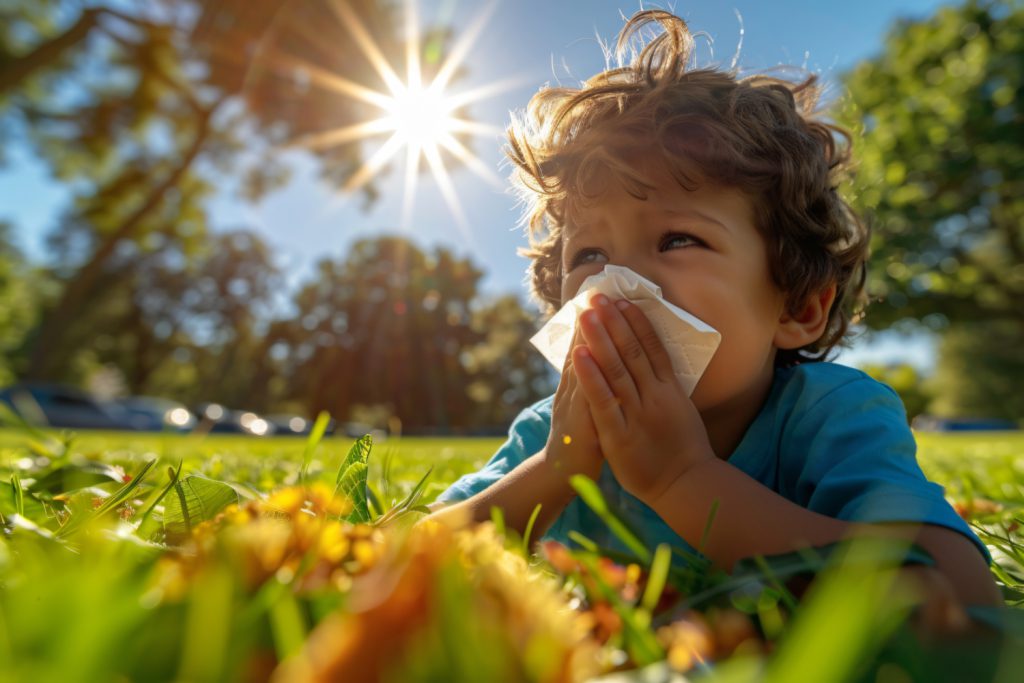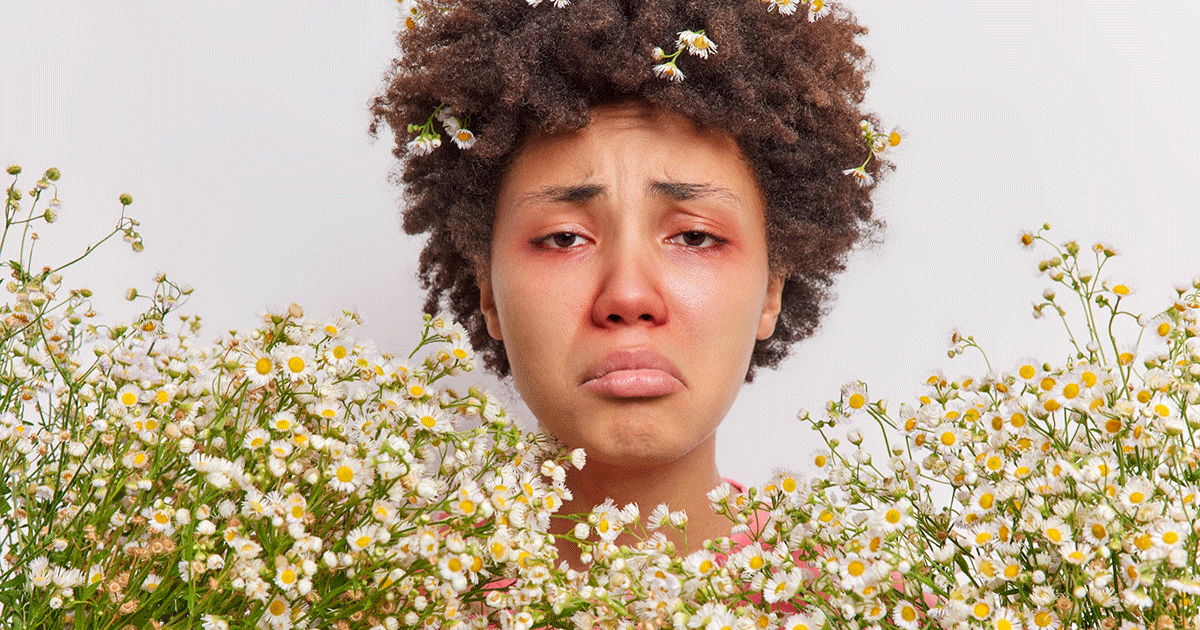Dealing with Spring Allergies and Asthma
As spring arrives, so do the blossoms, fresh air, and — unfortunately for many — allergy and asthma symptoms. Millions of people experience seasonal allergies or have
asthma triggered by springtime irritants. Whether you’re a longtime allergy sufferer or noticing symptoms for the first time, it’s important to know how to manage this season wisely.
What Causes Spring Allergies?
The biggest culprit? Pollen. Trees, grasses, and weeds release tiny grains into the air to fertilize other plants. When these particles enter your nose, mouth, or eyes, your immune system may overreact, triggering classic symptoms like:
» Sneezing
» Runny or stuffy nose
» Itchy eyes, nose, or throat
» Watery eyes
» Fatigue
If you have allergic asthma, these allergens can also cause:
» Wheezing
» Shortness of breath
» Chest tightness
» Coughing
Other common spring allergens include mold (which grows outdoors and indoors, especially in damp areas) and dust mites, which can get stirred up during spring cleaning.
How Asthma and Allergies are Connected
Asthma and allergies often go hand-in-hand. In fact, up to 80% of people with asthma also have allergic rhinitis (hay fever) [1]. Spring allergens can make asthma symptoms worse or trigger asthma attacks. That’s why people with asthma need to be especially cautious during allergy season.
You should seek professional advice if:
• Symptoms interfere with daily life
• Over-the-counter medications aren’t enough
• You experience shortness of breath or wheezing
• Your asthma seems harder to control

Protecting Yourself This Spring
You don’t have to spend the season indoors! Here are smart steps to reduce exposure:
Check pollen counts daily. Many weather apps or websites report pollen forecasts. On high-pollen days, limit outdoor time, especially in the morning when counts peak.
• Keep windows closed. Use air conditioning with clean filters instead of opening windows.
• Shower after being outside. Pollen can cling to your hair, skin, and clothing.
• Spring-clean carefully. Use a damp cloth instead of dry dusting, and wear a mask when cleaning to reduce inhaling dust and mold spores.
• Use HEPA filters in your home, including your vacuum, to trap allergens.
Managing Symptoms
If you are already experiencing allergy or asthma symptoms, don’t wait it out — manage it:
• Over-the-counter antihistamines and nasal sprays help reduce sneezing, itching, and congestion.
• Allergy eye drops can ease watery or itchy eyes.
• Prescription medications like inhalers, corticosteroids, or allergy immunotherapy (allergy shots) may be recommended by your doctor.
• Asthma Action Plans: If you have asthma, talk to your healthcare provider about updating your asthma action plan for spring. Be sure you have enough medication, and know your triggers.
When to See a Healthcare Provider
Don’t ignore frequent or severe symptoms. You should seek professional advice if:
• Symptoms interfere with daily life
• Over-the-counter medications aren’t enough You experience shortness of breath or wheezing
• Your asthma seems harder to control
Quick Spring Tips
• Wash bedding weekly in hot water
• Wear sunglasses outdoors to block pollen from your eyes
• Stay hydrated — it helps thin mucus
• Don’t hang laundry outside during pollen season
• Avoid outdoor exercise on high-pollen days
The Good News?
With the right prevention and treatment, you can still enjoy all the beauty spring has to offer — without the constant sneezing, wheezing, or watery eyes.
Take control early this season and breathe easier!
©2025ProgressiveHealth
[1] American College of Allergy, Asthma & Immunology. Allergy and Asthma Statistics, 2023.

